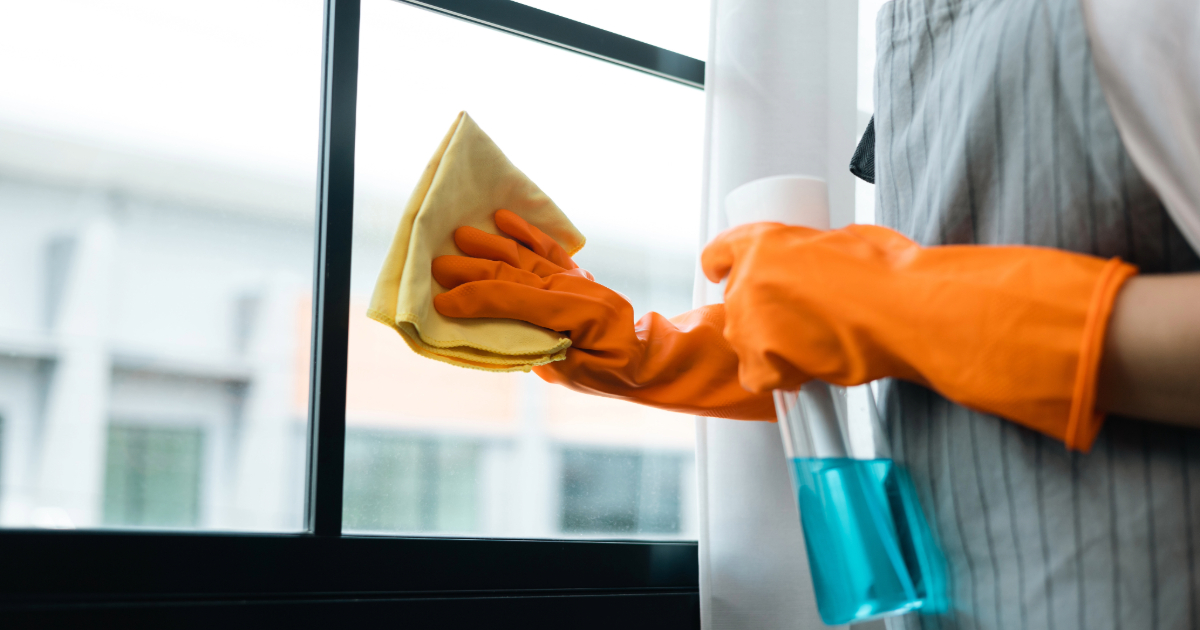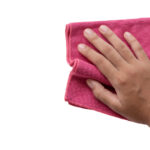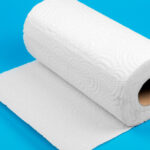Microfiber towels have become a popular choice for household cleaning due to their effectiveness and reusability.

However, as we become more conscious of our impact on the environment, it’s important to consider the implications of using these synthetic materials.
The Pros of Microfiber Towels
Before delving into the potential environmental concerns, let’s first explore the advantages of using microfiber towels:
- Effectiveness: Microfiber towels are highly effective at cleaning surfaces due to their ability to trap and remove dirt, dust, and grime. This makes them a popular choice for household cleaning tasks.
- Reusability: Unlike disposable paper towels or wipes, microfiber towels can be washed and reused multiple times, reducing waste and potentially saving money in the long run.
- Water and Chemical Savings: Microfiber towels can often be used with minimal or no cleaning solutions, reducing the need for harsh chemicals and conserving water.
- Durability: When properly cared for, microfiber towels can last for hundreds of washes, making them a long-lasting investment.
The Environmental Concerns
While microfiber towels offer several practical benefits, there are growing concerns about their potential impact on the environment:
- Microplastic Pollution: During washing, microfiber towels can shed tiny plastic fibers that are too small to be filtered out by wastewater treatment plants. These microplastics can end up in rivers, lakes, and oceans, posing a threat to marine life and potentially entering the food chain.
- Non-biodegradable: Microfiber towels are made from synthetic materials that are non-biodegradable. When discarded, they can take hundreds of years to break down, contributing to the growing problem of plastic pollution.
- Energy and Resource Consumption: The production of synthetic fibers used in microfiber towels requires significant energy and non-renewable resources, contributing to greenhouse gas emissions and resource depletion.
Comparing Microfiber to Alternatives
To better understand the environmental impact of microfiber towels, let’s compare them to some common alternatives:
Microfiber vs. Cotton Towels
| Criteria | Microfiber Towels | Cotton Towels |
|---|---|---|
| Material Source | Synthetic (polyester, nylon) | Natural (cotton plant) |
| Biodegradability | Non-biodegradable | Biodegradable |
| Microplastic Shedding | Yes | No |
| Water and Chemical Usage | Lower | Higher |
| Durability | High (hundreds of washes) | Moderate (20-30 washes) |
While cotton towels are biodegradable and do not contribute to microplastic pollution, they require more water and chemicals for cleaning and have a shorter lifespan compared to microfiber towels.
Microfiber vs. Paper Towels
| Criteria | Microfiber Towels | Paper Towels |
|---|---|---|
| Material Source | Synthetic (polyester, nylon) | Natural (wood pulp) |
| Biodegradability | Non-biodegradable | Biodegradable |
| Microplastic Shedding | Yes | No |
| Reusability | Reusable | Single-use |
| Environmental Impact | Microplastic pollution | Deforestation, water, and energy usage |
Paper towels are biodegradable and do not contribute to microplastic pollution. However, their single-use nature leads to higher waste and environmental impacts associated with deforestation, water consumption, and energy usage during manufacturing.
Key Takeaway: While microfiber towels offer practical benefits like effectiveness and durability, their synthetic nature raises concerns about microplastic pollution and non-biodegradability.
Minimizing the Environmental Impact of Microfiber Towels
If you choose to use microfiber towels, there are several steps you can take to minimize their environmental impact:
- Wash Less Frequently: Reduce the number of times you wash your microfiber towels to minimize the shedding of microplastics. Spot clean or air dry them when possible.
- Use Cold Water: Washing microfiber towels in cold water can help reduce the shedding of microplastics, as hot water can damage the fibers.
- Invest in a Microfiber Catch Bag: Special laundry bags, like the Guppy Friend, are designed to capture microfibers shed during washing, preventing them from entering waterways.
- Consider a Washing Machine Filter: Installing a microfiber filter in your washing machine can effectively capture microplastics before they enter the wastewater system.
- Proper Disposal: When it’s time to replace your microfiber towels, avoid throwing them in the trash. Instead, consider donating them or repurposing them as rags for non-cleaning tasks.
FAQs
What are the best alternatives to microfiber towels?
For a more eco-friendly option, consider using cotton towels, bamboo cloths, or reusable and biodegradable materials like hemp or linen. These natural fibers do not contribute to microplastic pollution and are biodegradable.
Can microfiber towels be recycled?
Unfortunately, most recycling facilities are not equipped to handle microfiber towels, as the synthetic fibers can contaminate and clog the recycling process. It’s best to repurpose or properly dispose of used microfiber towels.
How long do microfiber towels last?
With proper care, high-quality microfiber towels can last for hundreds of washes. However, their lifespan depends on factors like the frequency of use, washing temperature, and the use of fabric softeners or bleach.
Are there eco-friendly alternatives to microfiber towels for cleaning electronics?
Yes, there are several eco-friendly options for cleaning electronics, such as bamboo cloths, microfiber cloths made from recycled materials, or lint-free cotton cloths. These alternatives can effectively clean screens and surfaces without contributing to microplastic pollution.
Conclusion
Microfiber towels offer practical benefits for household cleaning, but their synthetic nature raises valid environmental concerns. While they are effective and durable, the potential shedding of microplastics and their non-biodegradable nature contribute to plastic pollution and waste management challenges.
The decision to use microfiber towels or explore more eco-friendly alternatives depends on your personal priorities and willingness to adopt practices that minimize their environmental impact. By being mindful of our consumption choices and taking steps to reduce waste and pollution, we can collectively contribute to a more sustainable future.








